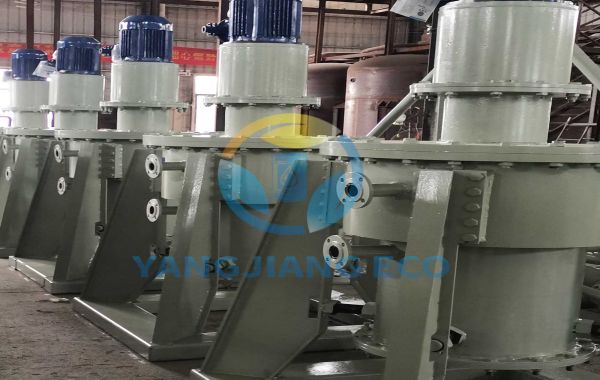In the dynamic world of lubricant manufacturing, high-performance base oils are critical for the optimal functioning of machinery and vehicles. As industries continue to demand more from their lubricants, the focus on refining technologies becomes increasingly important. One such cutting-edge technology is the API Group II base oil re-refining process, which has revolutionized the way used oils are transformed back into high-quality products. In this blog, we’ll explore the advanced technologies employed in API Group II base oil re-refining plants.
- The Distillation Process
The journey of re-refining used oils begins with distillation, a key technology that helps separate the oil from water and contaminants. In API Group II base oil re-refining plants, this step ensures that the oil is purified without compromising its chemical composition. The distillation process works by heating the used oil until it vaporizes, then condenses it back into liquid form. This method efficiently removes large contaminants like water, light ends, and other volatile compounds, setting the stage for further purification.
- Solvent Extraction for Purity
After distillation, solvent extraction plays a critical role in removing any remaining impurities and improving the oil's purity. In this step, solvents are introduced to selectively dissolve the unwanted substances in the oil. By isolating the base oil from contaminants, solvent extraction enhances the oil’s stability, color, and performance characteristics. This is especially important for meeting the API Group II specifications, which require oils to have a low sulfur content and high oxidative stability.
- Hydrotreating: Enhancing Oil Quality
Hydrotreating is perhaps the most pivotal process in transforming used oil into high-quality base oil that meets API Group II standards. This technology involves the treatment of oil with hydrogen gas in the presence of a catalyst under high temperature and pressure. Hydrotreating effectively removes sulfur, nitrogen, and aromatic compounds, which can degrade the oil’s performance. It also helps reduce the oil's carbon footprint by making it more energy-efficient in use. The end result is a cleaner, more stable base oil that can be used for a variety of industrial and automotive applications.
- Blending and Quality Control
Finally, once the base oil is re-refined, it undergoes blending with other additives to enhance its performance properties. Additives may include antioxidants, anti-wear agents, and corrosion inhibitors, which further extend the lifespan of the lubricants. Quality control systems in API Group II base oil re-refining plants ensure that each batch meets the rigorous standards for viscosity, pour point, and other essential characteristics. This guarantees that the re-refined base oil is on par with virgin base oils in terms of performance, while offering the environmental advantages of re-refining.
In summary, API Group II base oil re-refining plants are a triumph of modern technology, combining distillation, solvent extraction, and hydrotreating processes to create high-performance base oils from used materials. These advanced technologies not only ensure that the final product meets or exceeds industry standards but also contribute to a more sustainable and efficient oil industry.








